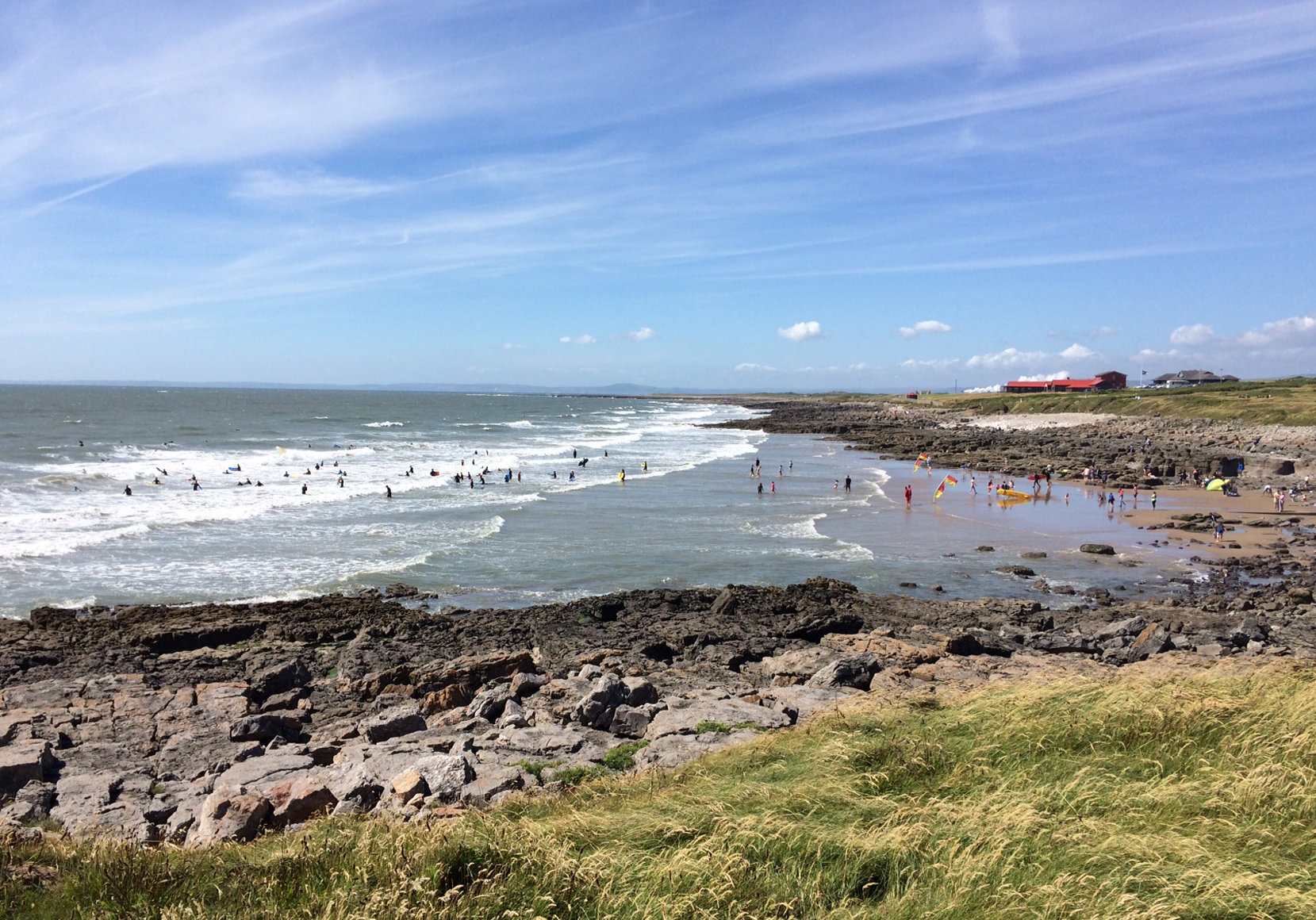How grass cutting has changed to boost biodiversity
Poster information
Posted on: Friday 25 June 2021
Across the UK, a growing number of councils are establishing wildflower meadows and no-mow zones under ‘nature isn’t neat’ style branding to help increase biodiversity within local communities.
In Bridgend County Borough, our grass cutting approach is designed to ensure highway safety while also benefitting wildflowers, insect life, butterflies, bees, birds and more.
To support this, a Highways and Parks Biodiversity Enhancement Strategy has been developed. This ensures that while cuts still take place at specific locations to provide drivers with clear lines of sight and to keep footpaths accessible, hectares of open space are also maintained.
Councillor Stuart Baldwin, Cabinet Member for Communities, said: “Our grass cutting regime is specially designed to meet modern requirements, and to reflect views expressed as part of previous public consultation.
“It is all about finding the right kind of balance. Nature is not known for its trim edges, and it is sometimes easy to forget that even the common dandelion plays an important role as a pollinator within this process of naturalisation.
“Council-maintained land is carefully managed to encourage flower and plant life, which in turn promotes ecological diversity.
“This is especially the case on highway verges where our crews will often trim around areas where flowers are thriving naturally, such as the cowslips which are present on the A4106 at Danygraig Hill.
“In other areas, the council is actively encouraging wild flowers to grow, such as the verge running alongside the cycle route between Brackla and Heol West Plas in Coity. However, there is a cost associated with this, and it requires greater work and investment than people might otherwise assume.
“Getting a biodiverse balance right is not easy, but the verge adjacent to Pen-Yr-Heol in Penyfai demonstrates that it is not impossible.
“In addition to colourful flowers such as ragged robin and meadow buttercup, this piece of green space features yellow rattle, which supports greater species diversity by limiting the growth of grass.
“The verge here is also home to field woodrush and sweet vernal grass, which are both indicative of a species-rich, thriving damp grassland habitat capable of supporting a wide range of insects, butterflies, bumblebees and more.
“Our cutting regime is arranged so that urban green spaces will receive five cuts over the course of the season, while rural green spaces will be cut four times. How quickly it all grows back between cuts largely depends on the weather, of course, but we will always return to maintain council-owned land, and we will always ensure that junctions and other key locations remain safe to use.”
- For more information, visit bridgend.gov.uk

